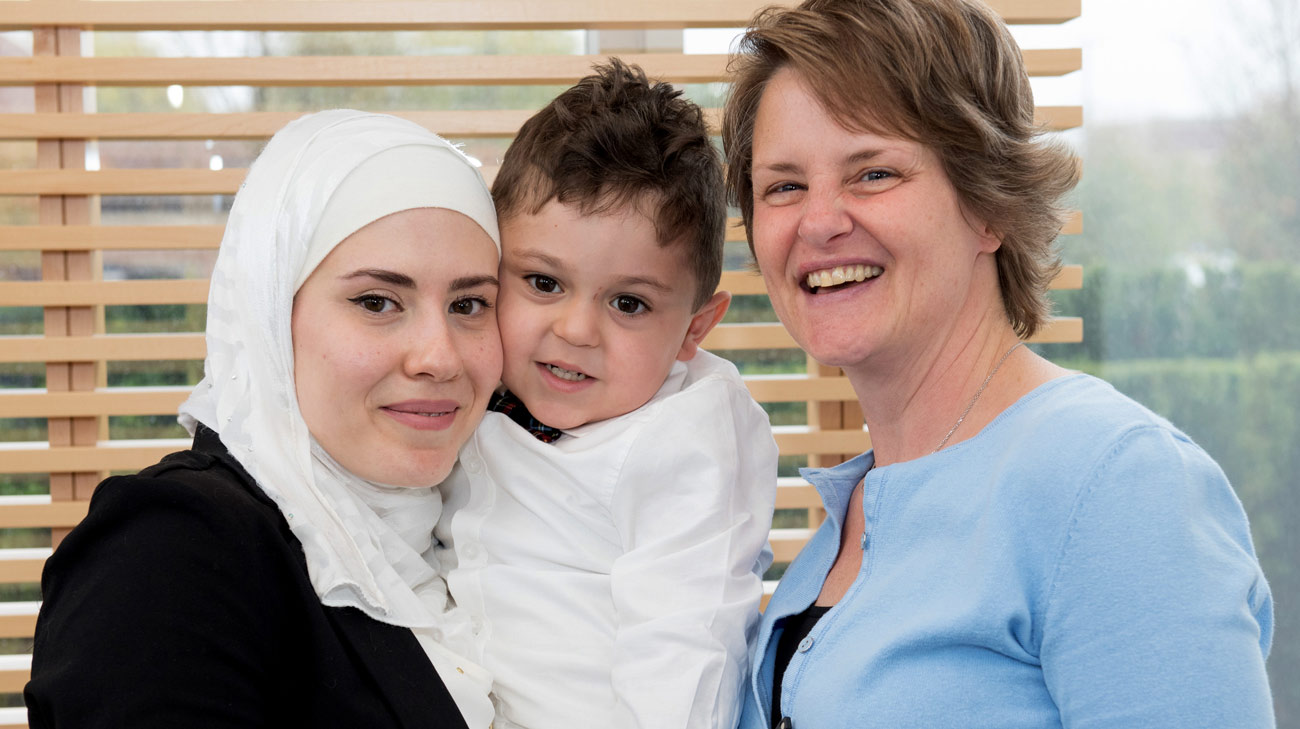
Becky Cable is a 46-year-old woman, living in a small village in western New York. Ahmad Akkad is a 4-year-old boy, primarily living in Dubai, a city in the United Arab Emirates (UAE).
And while their homes are about 7,000 miles apart, the two will be forever linked – because a palm-sized piece of Becky’s liver has saved Ahmad’s life through organ donation surgery.
“I feel like Ahmad is a part of me. He’s family now,” says Becky, who met Ahmad and his mother, Aya, for the first time at Cleveland Clinic, in Cleveland, Ohio. “He is just so beautiful and so healthy and so…alive!”
Born with a rare genetic disease called progressive familial intrahepatic cholestasis (PFIC), Ahmad became jaundiced and began suffering from severe itching. His liver was rapidly deteriorating, causing a buildup of toxins in his bloodstream.
Aya and her husband, M Moustafa, were devastated to learn their then 2-year-old son would likely not survive without a liver transplant.

The Akkad's traveled to Cleveland, Ohio, where a living liver donor match was found. (Courtesy: Aya Akkad)
In the United States, many organ transplant candidates remain on the transplant waiting list for a long period of time, facing the risk of death because there aren’t enough deceased donor organs. Living donor liver transplantation can give hope to patients who need a lifesaving transplant.
“It was so hard. Nothing was helping Ahmad at all,” recalls Aya. “But when we received the call that we had a donor, I was so happy. My son would have the chance to live in good health!”
That living donor match for Ahmad’s liver transplant was Becky, who had originally volunteered for organ donation when a close friend needed a liver transplant at Cleveland Clinic’s main campus. While that liver donor surgery never took place because the friend became too ill to receive a transplant, Becky agreed to remain on the donor list.
“I thought, ‘What’s the difference if I know the person or I don’t know the person?’” says Becky. “I’m willing to give if there’s anybody who needs it.”
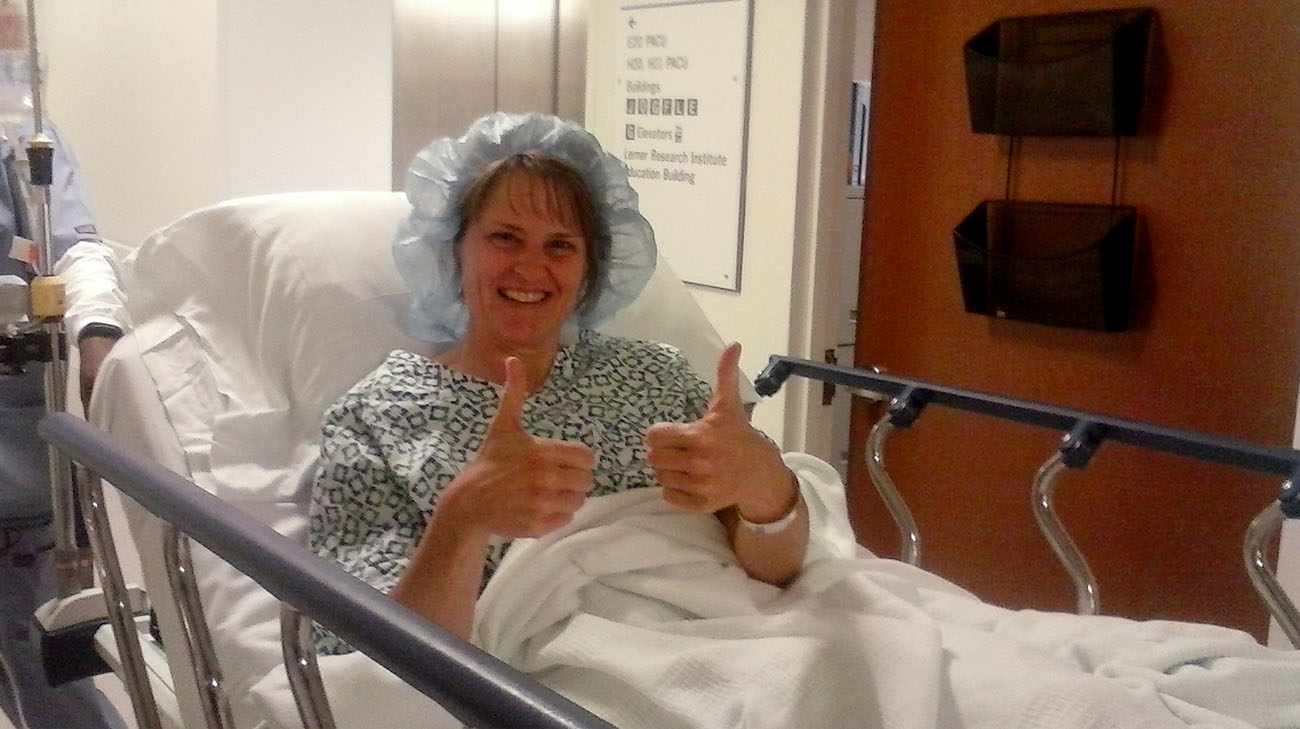
Becky Cable gives thumbs up before liver transplant surgery at Cleveland Clinic. (Courtesy: Becky Cable)
And Ahmad did indeed need a portion of her liver. They were a perfect match, so Becky drove the two hours to Cleveland to undergo the operation that harvested 20 percent of her liver (the donor’s remaining liver typically regenerates to replace the removed section within 6-8 weeks).
Meanwhile, Ahmad and Aya had made the long, 22-hour flight from UAE to Cleveland months prior, where Koji Hashimoto, MD, PhD, Director of Liver Transplantation at Cleveland Clinic, removed Ahmad’s diseased liver and replaced it with the portion of Becky’s healthy organ. The harvest and transplant surgeries occurred simultaneously.
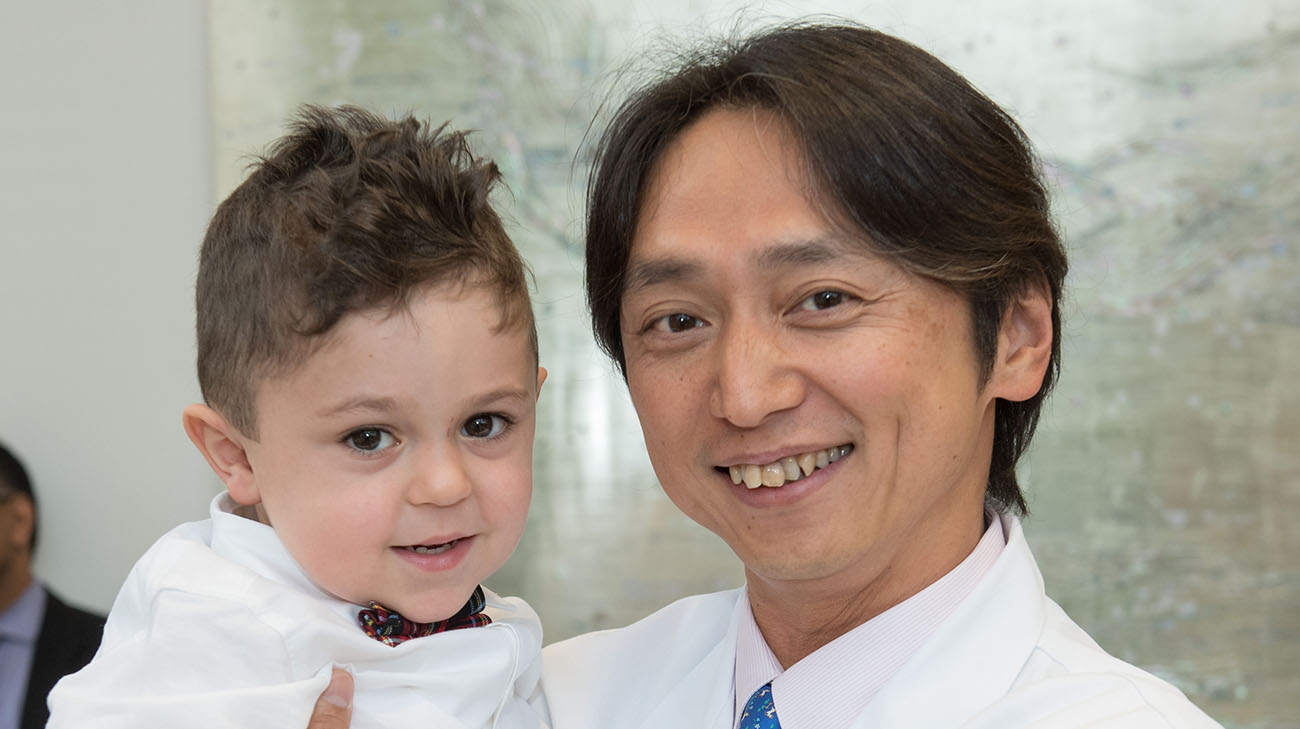
Dr. Koji Hashimoto was able to successfully replace Ahmad's deteriorating liver with a portion from a donor's liver. (Courtesy: Cleveland Clinic)
The transplant worked. As Aya describes it, Ahmad was almost immediately transformed into an active toddler who hasn’t stopped moving: “He doesn’t like to sleep at all. He just wants to play and that’s a good thing. Every time I see him walking, running, playing, I think about his donor. And I want to thank her.”
Aya and Ahmad got the chance to thank Becky in person, on October 11, 2017, when they met for the very first time. Amid tears and laughter, the new friends expressed thanks for the blessings associated with giving and receiving.
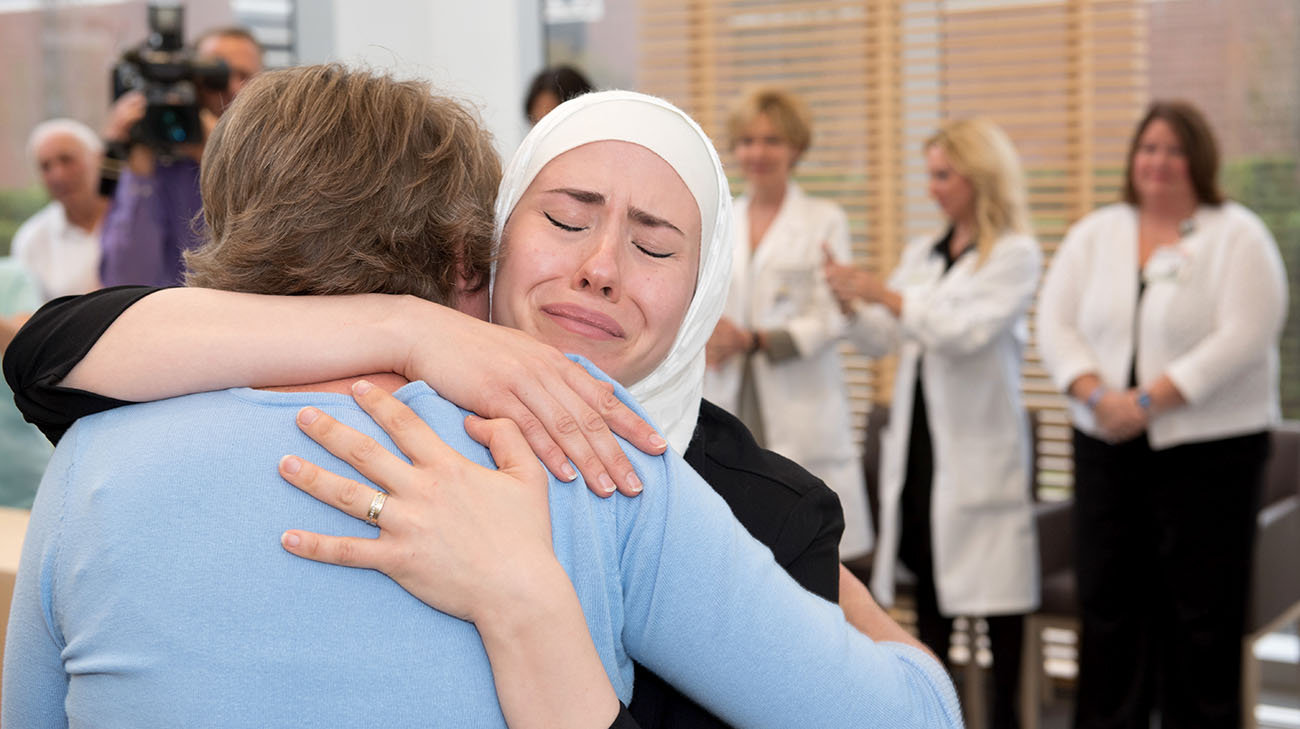
Ava was able to meet Becky in person and thank her for her generous gift that saved her son's life. (Courtesy: Cleveland Clinic)
Aya exclaims, “When I saw Becky, I just wanted to hug her. How can I thank her for this precious gift? Because of her generosity, she saved my son’s life.”
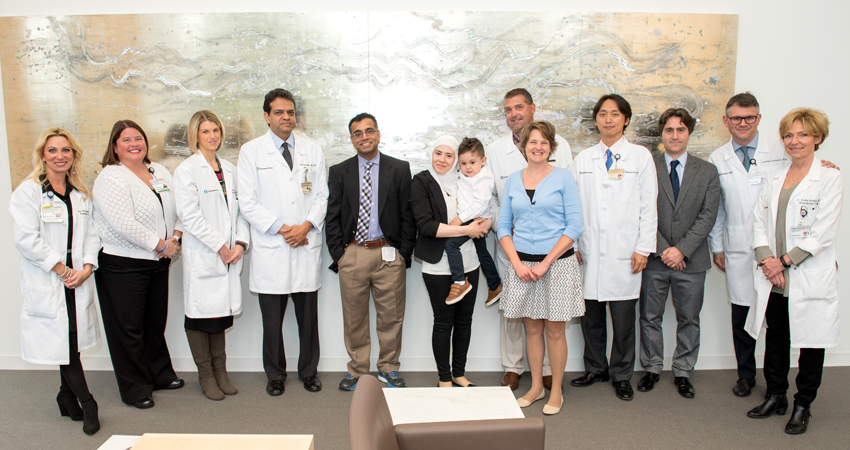
Ahmand, Aya, Becky and their families celebrate the successful transplant with the medical team at Cleveland Clinic. (Courtesy: Cleveland Clinic) Related Institutes: Digestive Disease & Surgery Institute , Cleveland Clinic Children's
Patient Stories
Perseverance and Focus Help Ovarian Cancer Survivor Beat the Odds HIPEC During Surgery Helps Keep Disease Under Control
Dec 10, 2025
Boy With Advanced Liver Cancer Thriving After Lifesaving Living Organ Donation From Aunt
Dec 8, 2025
Against All Odds A Journey of Recovery After Stroke
Dec 5, 2025
“Dr. Pervez is absolutely incredible, I can’t say enough about him and the speech therapy department. And Cleveland Clinic is phenomenal. They’ve always been wonderful, and I recommend them to everyone I talk to.”


